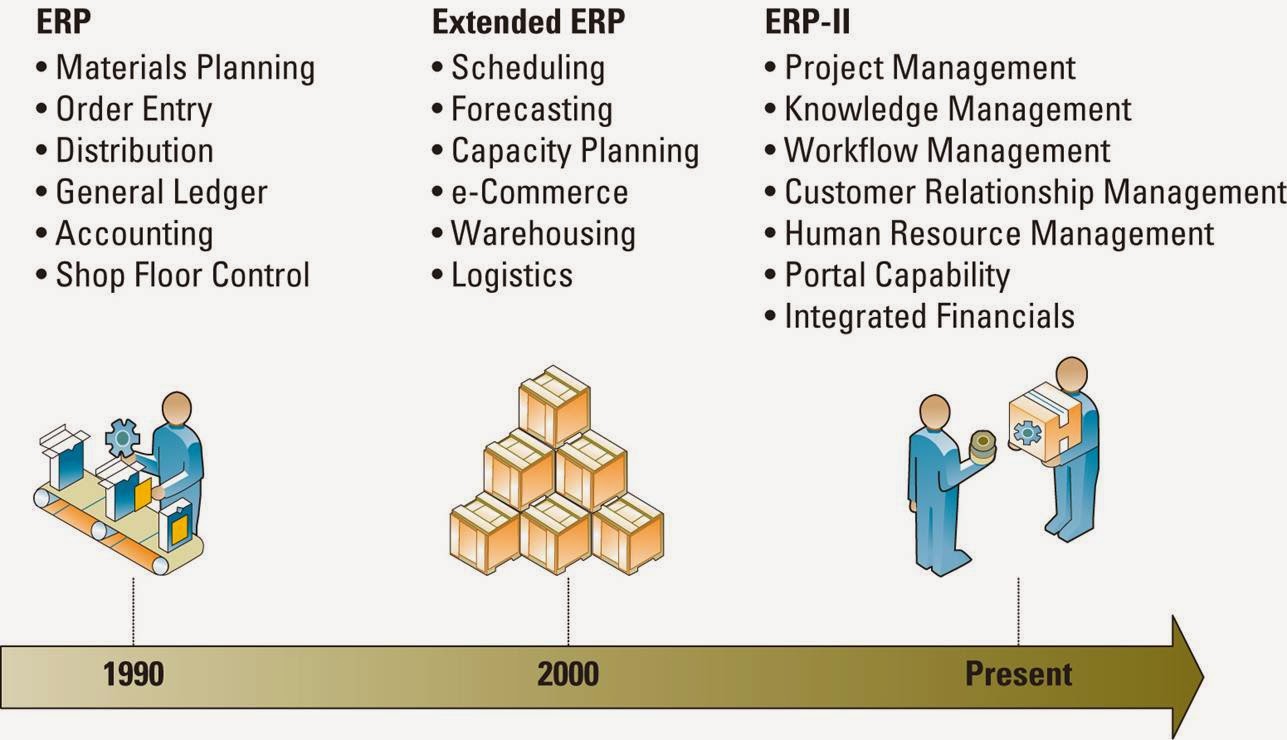Outsourcing Projects
Insourcing (in-house-development) - A common approach using the professional expertise within an organization to develop and maintain the organization's information technology systems.
Outsourcing - An arrangement by which one organization provides a service or services for another organization that chooses not to perform them in-house.
Reasons companies outsource.
The three different forms of outsourcing options a project must consider are:
- Onshore outsourcing - Engaging another company within the same country for services.
- Nearshore outsourcing - Contracting an outsourcing arrangement with a company in a nearby country.
- Offshore outsourcing - Using organizations from developing countries to write code and develop systems.
Big selling point for offshore outsourcing "inexpensive good work".
Factors driving outsourcing growth include:
- Core competencies.
- Financial savings.
- Rapid growth.
- Industry changes.
- The Internet.
- Globalization.
Outsourcing Benefits
- Increased quality and efficiency a process, service or function.
- Reduced operating expenses.
- Resources focused on core profit-generating competencies.
- Reduced exposure to risks involved with large capital investments.
- Access to outsourcing services provider's economies of scale.
- Access to outsourcing services provider's expertise and best-in-class practices.
- Access to advanced technologies.
- Increased flexibility with the ability to respond quickly to changing market demands.
- No costly outlay of capital funds.
- Reduced head count and associated overhead expense.
- Reduced frustration and expense related to hiring and retaining employees in an exceptionally tight job market.
- Reduced time to market for products or services.
Outsourcing Challenges
Contract length
Causes three particular issues:
- Difficulties in getting out of a contract.
- Problems in foreseeing future needs.
- Problems in reforming an internal IT department after the contract is finished.
Confidentiality.
Scope definition.




















































